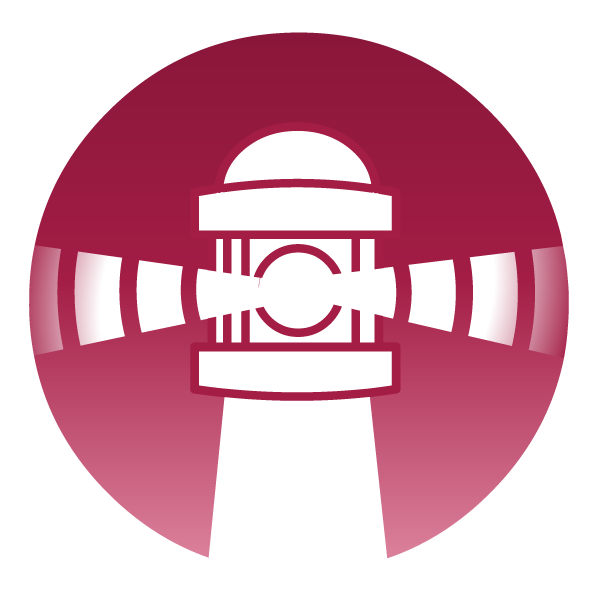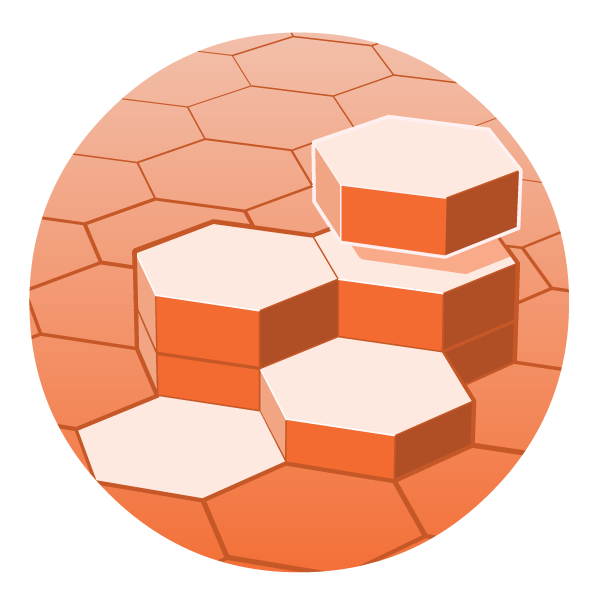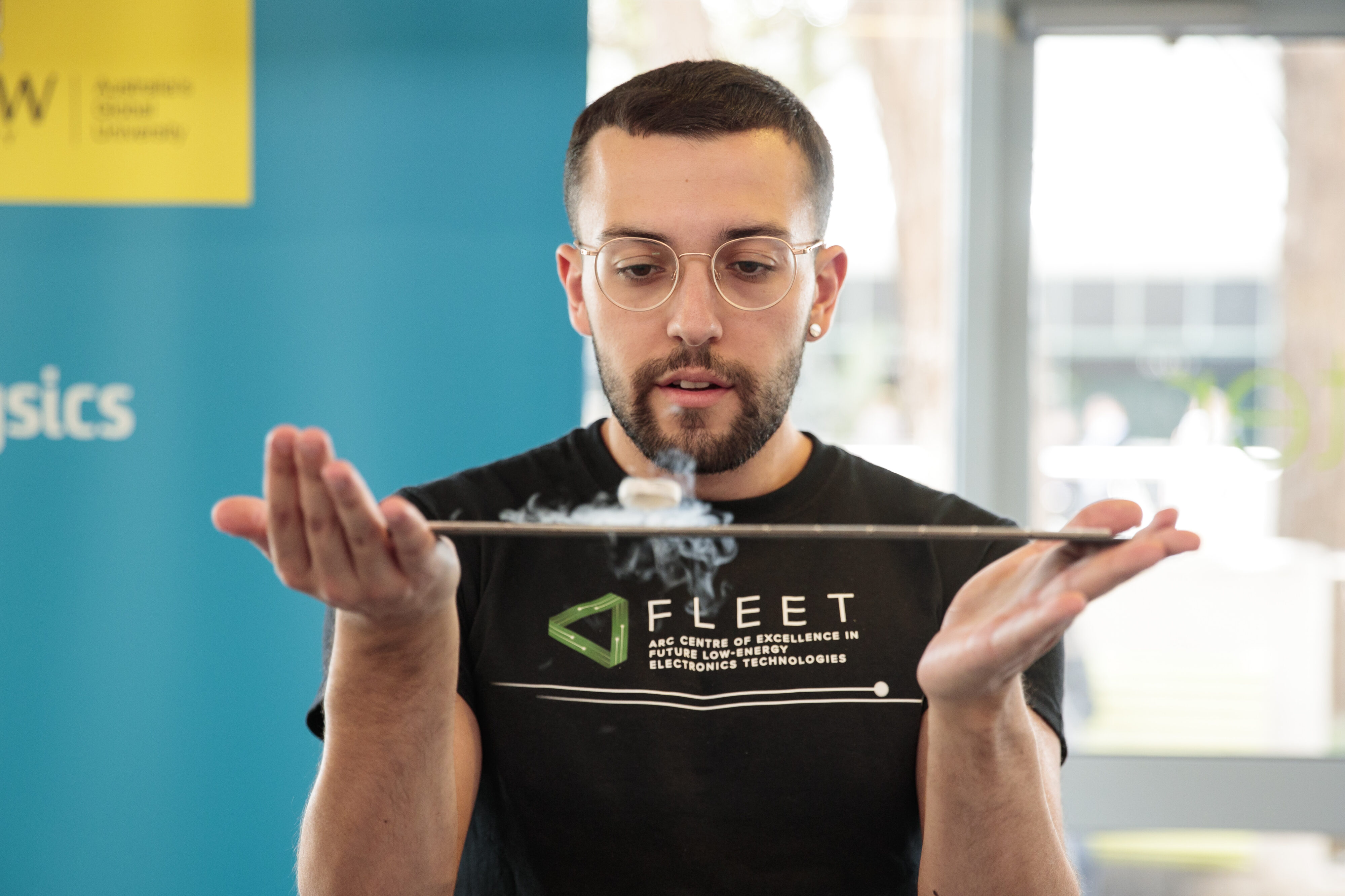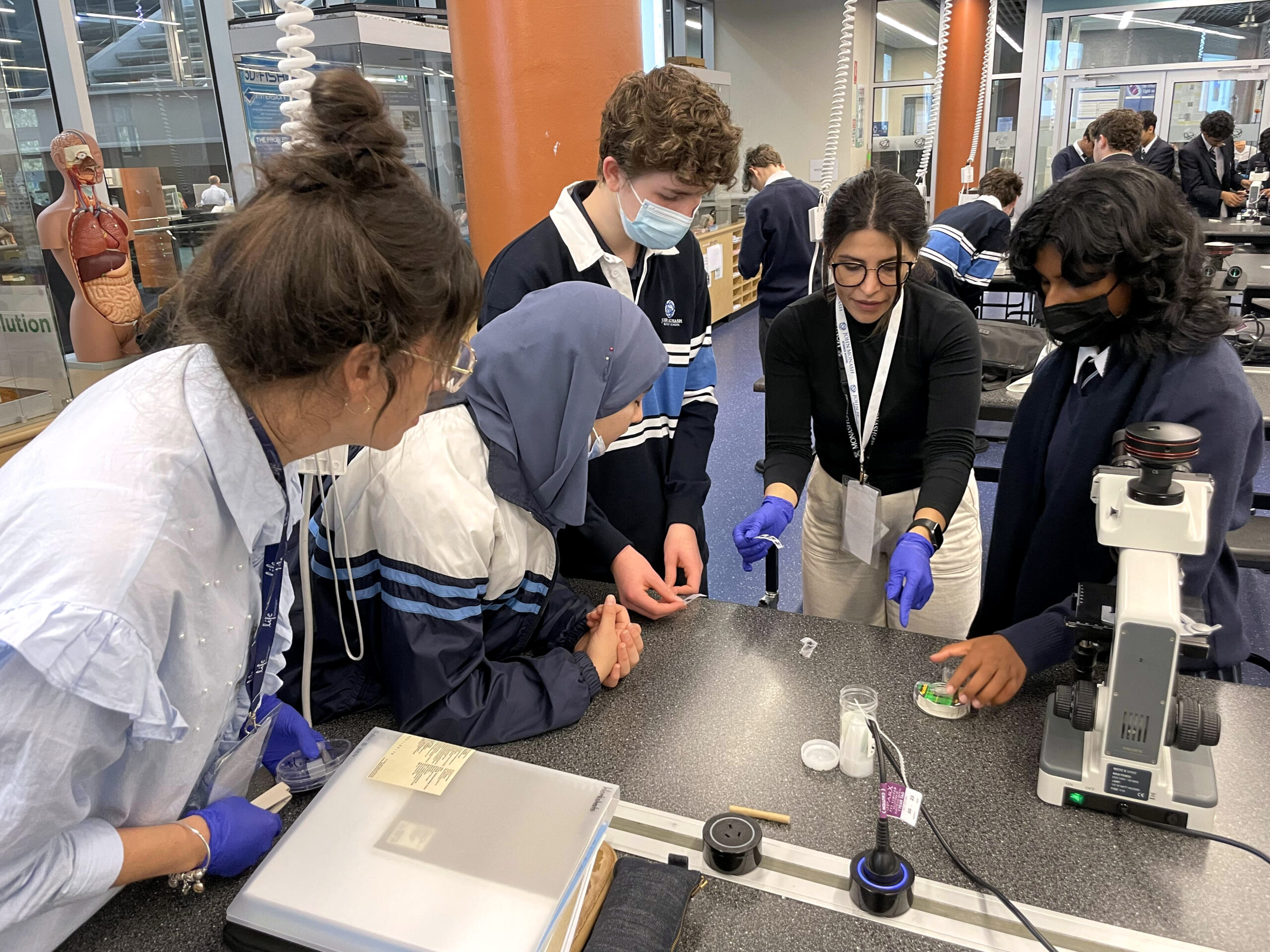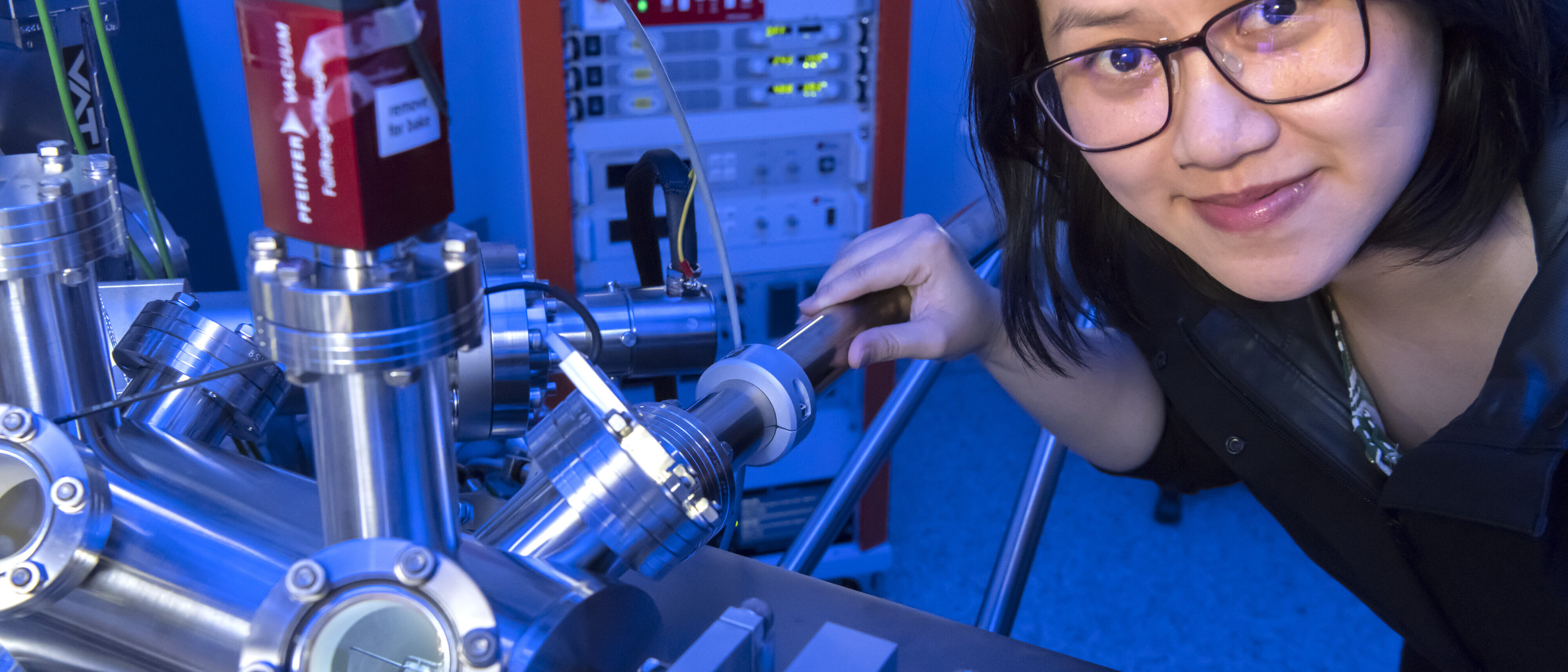
FLEET's ground-breaking Women in FLEET and the subsequent Diversity in FLEET fellowship programs leave a significant legacy in increasing the participation of women and other under-represented groups in STEM research.
As well as increasing the participation of women in STEM research, FLEET’s programs improved ‘best practice’ in seeking equity.
FLEET set out to change the culture by significantly increasing the representation of women in electronic materials research (a field traditionally among the very lowest). In 2018, the Centre introduced an innovative new approach to ‘shift the dial’ in terms of improving the percentage of women recruited.
Recruitment up to that point had drawn from the existing physics pool, which (along with related fields such as engineering and material science) unfortunately features a relatively low percentage of women. FLEET’s previous recruitments had been highly-focused research roles with specific expertise criteria, which resulted in maintaining the gender balance status quo.
Introducing the Women in FLEET Fellowships allowed the Centre to begin increasing the percentage of women above the average in these fields.
The Fellowships were open to women across all areas of FLEET research, allowing for improved flexibility in the location and type of position on offer. They targeted early-career researchers who identify as female and had research interests aligning with any research area within FLEET, giving applicants the choice to nominate investigators they want to work with. This broader search allowed FLEET to find excellent researchers who may have been missed in previous, narrowly-targeted searches.
Women in FLEET Fellows could be experimental or theoretical, and physicists, chemists or engineers, located at any of five universities. The flexibility of offering whichever field suited the best applicants available allowed the widest choice of applicants, ensuring that we hired the best possible candidates.
The very first round of recruiting demonstrated the effectiveness of this new approach. FLEET received almost 70 applications while 15 previous, more tightly-targeted, searches had received only 28 women applicants in total.
Our hypothesis is that broad-based searches work better for ensuring that under-represented applicants can find a place in an organisation.
The Centre subsequently broadened this strategy to other groups that are also under-represented in STEM, appointing Diversity in FLEET Fellows representing women, LGBTIQA+ and disadvantaged backgrounds.
Through this and other initiatives, FLEET achieved a strong upward trajectory in the proportion of women in the Centre from 2017 to 2020.
"Although it sounds simple, these Fellowships faced significant challenges in order to work with equity and recruiting policies across all FLEET member universities. FLEET disseminated a white paper on the experiences learned from the program, facilitating take-up by other large science and engineering organisations."
— Dr Tich-Lam Nguyen, FLEET Chief Operating Officer
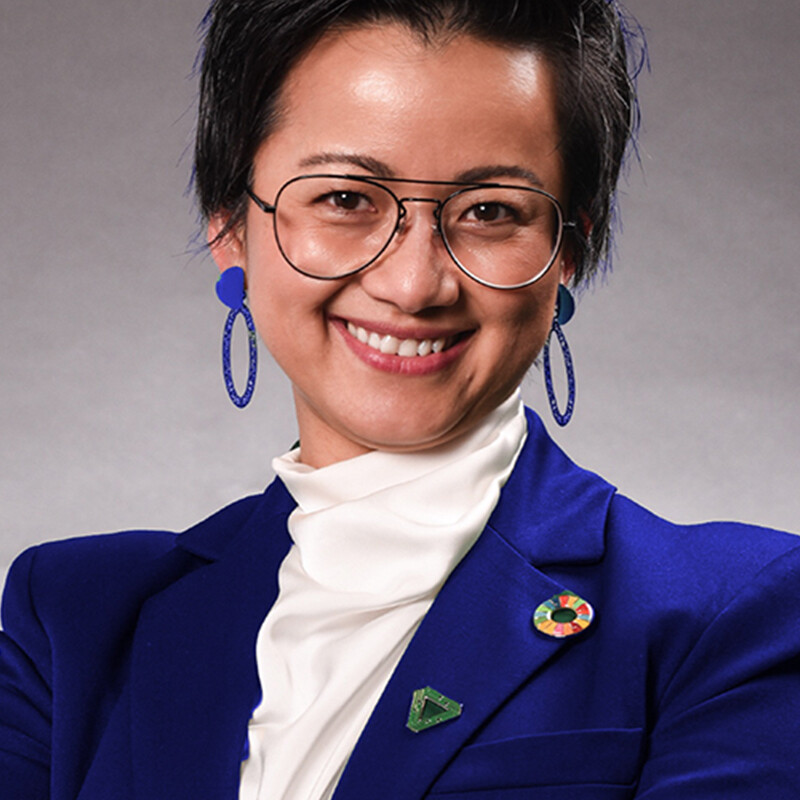
FLEET has also recognised the power of putting women forward as the face of science. As an example, the Centre’s final full year of operation, 2023, featured women at nearly 80% of all public FLEET outreach events.
Reflected in the popular saying ‘you can’t be what you can’t see’, it has been repeatedly shown that a higher public visibility of women in STEM increases the likelihood that girls will see a viable path for themselves in science.
For example, women in FLEET developed and delivered lessons for the Future Electronics unit at the John Monash Science School, giving an opportunity for high school students to see successful women in science first-hand.
The benefits of such public visibility are not only confined to girls. A higher awareness of gender diversity in science also has benefits for boys (who are future allies in the STEM workplace).
